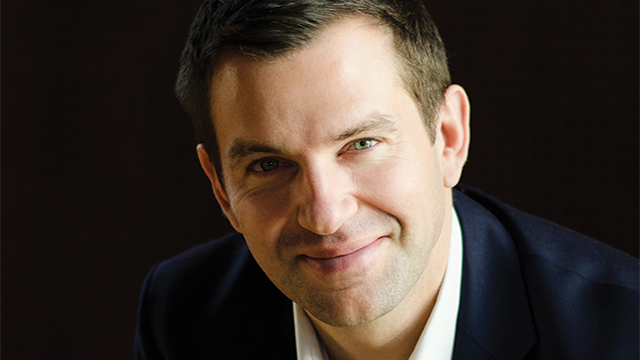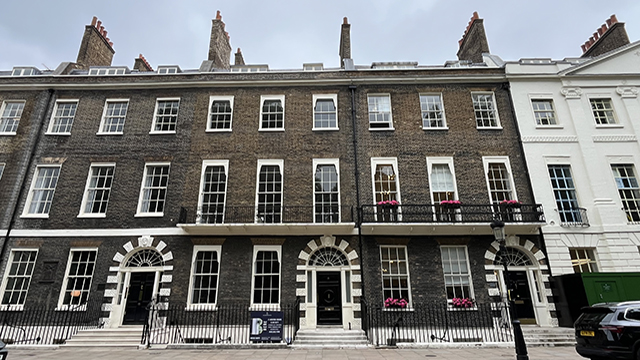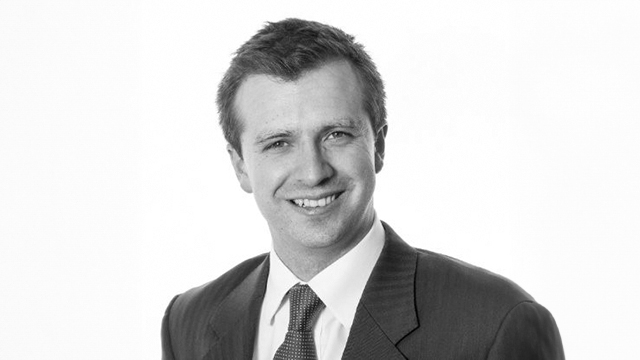Key membership bodies in the built environment sector have signed a memorandum of understanding to drive forward the creation of a more diverse, equitable and inclusive sector.
The six organisations that have signed the agreement are:
- Royal Institution of Chartered Surveyors
- Royal Town Planning Institute
- Chartered Institute of Building
- Institution of Civil Engineers
- Landscape Institute
- Royal Institute of British Architects
Collectively, the organisations represent around 350,000 members.
The agreement focuses on creating a consistent data collection model that will “allow meaningful comparison” between and across respective memberships, as well as formulate a clearer picture of the wider built environment sector.
It also aims to develop a “robust, evidence-based understanding” of the disparity between the diversity of students that start on institute-accredited courses and the talent that advances into the workforce.
Developing understanding and guidance for the built environment sector on equity, diversity and inclusion competencies is also a priority for the organisations.
Over the next few months, the institutes will work together to produce a detailed plan of action that will set out how each of the objectives will be tackled. This will be published later this year.
Richard Collins, interim chief executive at the RICS, said: “Improving diversity, equity and inclusion is a top priority for the RICS and we recognise that true progress can only be made through effective collaboration. This MoU demonstrates our collective commitment to driving positive changes for the built environment.”
Caroline Gumble, chief executive of the CIOB, said that by collaborating and working together, the organisations “have the potential to drive positive culture change for our sector, for our communities and society”.
Victoria Hills, chief executive of the RTPI, said: “Only by working together can we create a sector as diverse as the communities we work for, and deliver a fair and inclusive culture that works for our members and diverse society.”
Anusha Shah, vice-president of the Institution of Civil Engineers, said: “Together, we will work towards achieving a more diverse workforce and one that better represents the society we serve.”
Sue Morgan, chief executive of LI, said: “As designers, we seek to transform the world for the better. But to do this, we must understand and represent the interests and experiences of all the communities we serve.
“We know that there are longstanding issues with diversity in the built environment workforce. By identifying the gaps between education and practice, our organisations seek to establish the root causes for this. And by pooling our collective resources and intelligence, as well as standardising our approach to gathering information, we will be able to put this data to best use – addressing systemic barriers and ultimately bringing about real, positive change.”
Alan Vallance, chief executive of RIBA, said: “By combining our efforts to address the systemic barriers that perpetuate discrimination and underrepresentation, we can drive forward change at a faster and more effective rate.”
To send feedback, e-mail pui-guan.man@eg.co.uk or tweet @PuiGuanM or @EGPropertyNews










